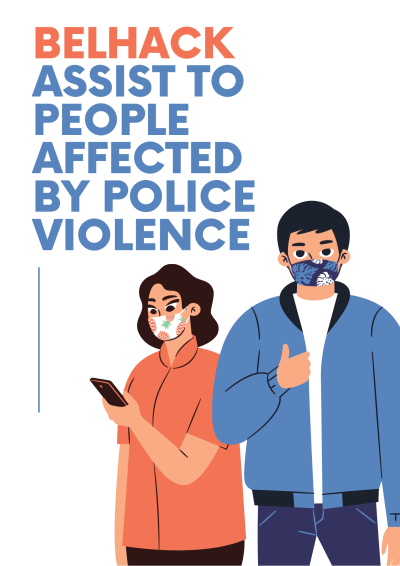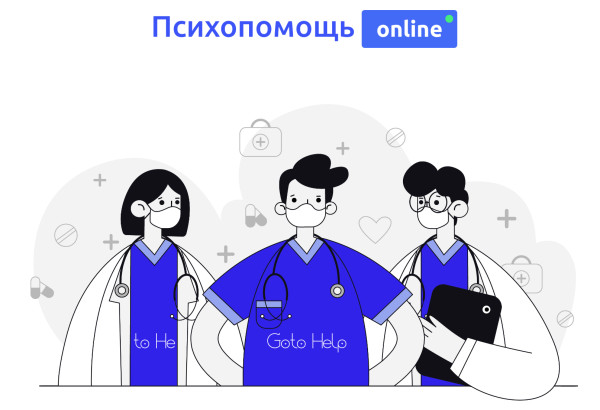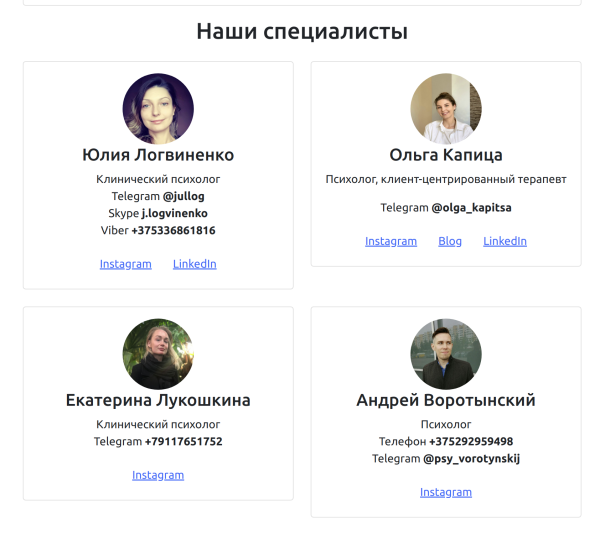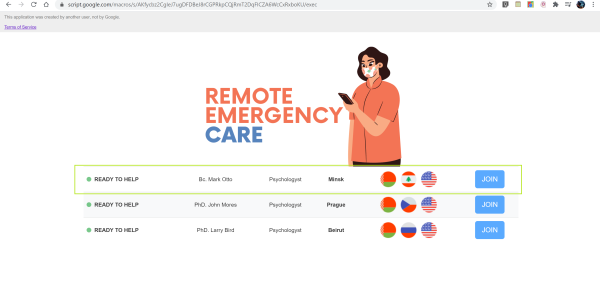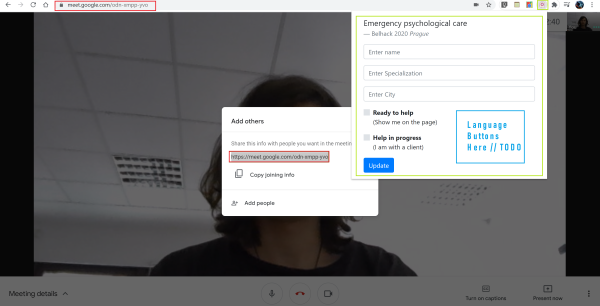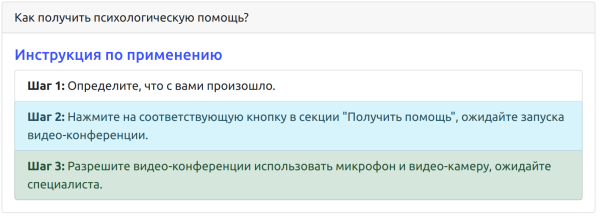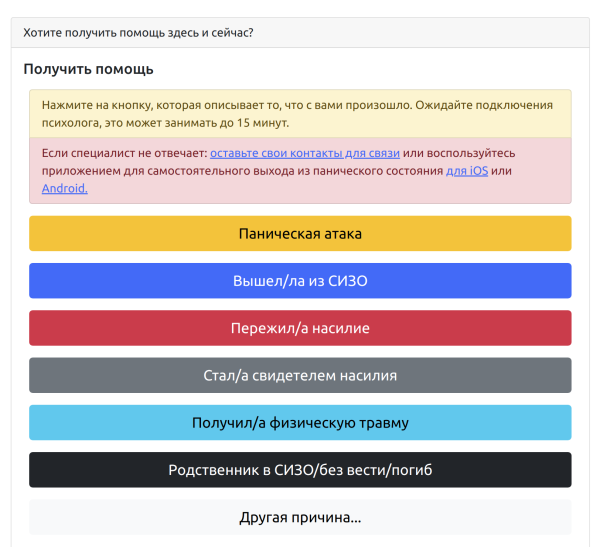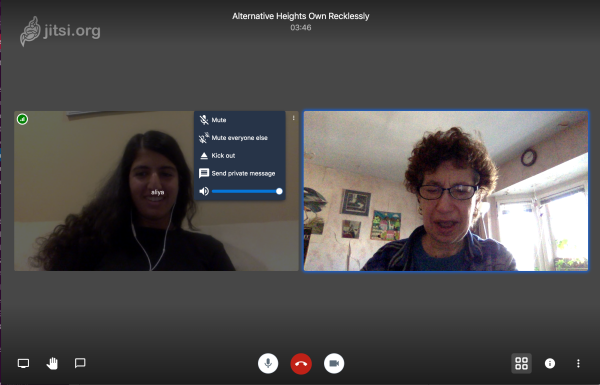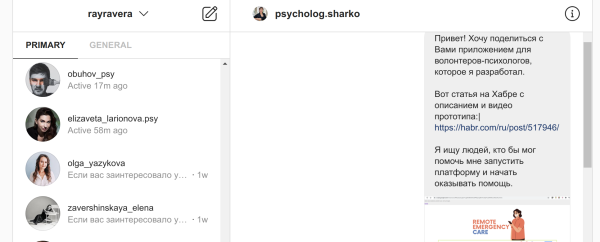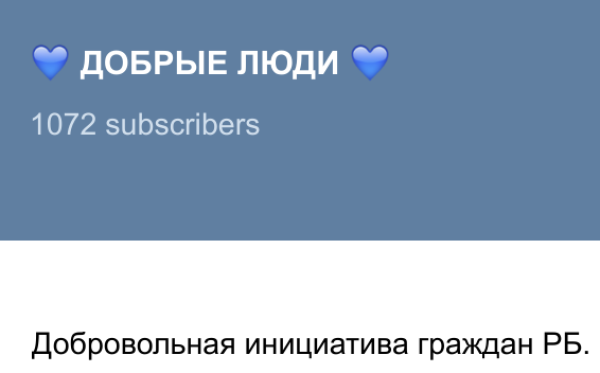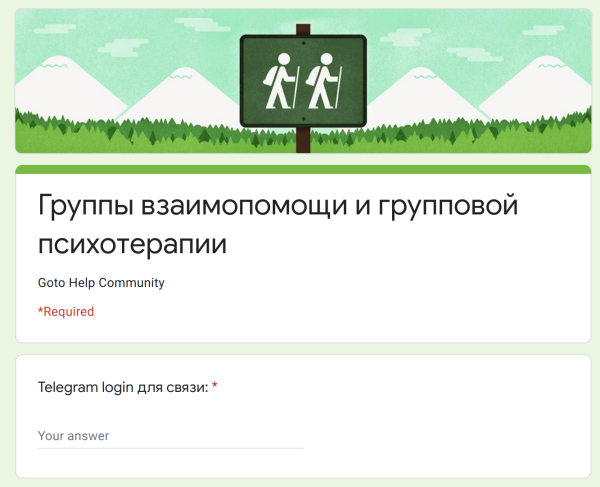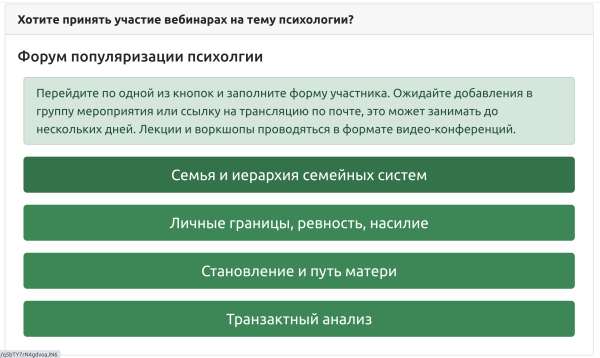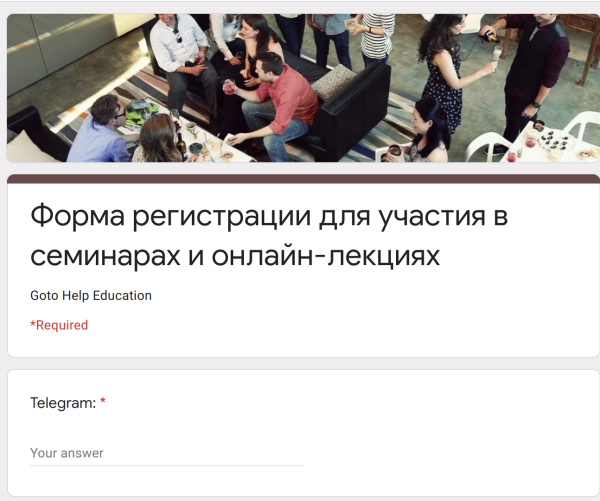This is an old revision of the document!
Table of Contents
~~META: status = live ~~
BELHACK
SOTA (State of the Art | Fest) is launching a hackathon to find solutions to the assistance of people affected by police violence in Belarus as well as people injured in the explosion in the sea port in August 2020 in Lebanon.
On August 12-13, the media published numerous testimonies of bullying of detainees during mass protests. More than 7,000 people have been arrested so far.
Who could participate
Developers, product managers, designers, analysts, small and medium business representatives and technology entrepreneurs can participate in the hackathon. There is no need to have a ready-made solution or product. You can participate as a team or individually (in this case, the organizers will place the participant in one of the teams based on the test results).
Hackathon topics
In the first stage of the hackathon, the teams will create solutions for one of the directions:
- Platform for emergency psychological aid that will bring psychologists and medical students together to provide emergency psychological assistance to police terror victims and their relatives
- Application with manuals on first aid
- Platform for communication through Wifi/Bluetooth/Radio when GSM network is disconnected
Apply to the BelHack
Form is here:
Rusults
Goto Help Project
The section tells about the creation of an online psychological emergency service, which was born on the Belhack hackathon, organized by Prague's hackerspace Brmlab, and how the prototype of concept has grown into an independent project to minimize the time of receiving emergency psychological care.
Product Idea
The platform connects volunteer psychologists and those in need of emergency psychological assistance here and now.
This is a voluntary initiative of citizens of CIS and European Union countries with psychological education and experience in providing emergency psychological care.
What makes us different from other projects is that we provide emergency assistance, consultation at the moment of applying through video chat.
Here is an approximate range of requests:
- have experienced or witnessed violence;
- a relative has disappeared or died;
- suffered a physical injury;
- has left the pre-trial detention center.
Prototype from handy materials
At the end of the summer, I tried to prototype a web application for remote “emergency psychological aid”.
It was decided to use the most available tools that would allow me to prototype the application with minimal resources.
To create a prototype I used Google technologies and services:
- Google Apps Script - as JavaScript, only for the automation of Google Workspace.
- Google Spread Sheet - tables as a database.
- Google Meet - for video communication organization.
- Chrome Extension - control the display of the psychologist on the site.
- Boostrap 4 - user interface.
The site visitor chooses one of the currently available psychologists and goes to a video conference or “virtual office”.
- The psychologist takes people through a video conference Google Meet, adjusting its display on the site using a browser extension:
- If the psychologist is ready to start receiving people, he presses the button “Ready to help”.
- When someone joins, the psychologist presses the button “Help in Progress” (using the extension), and the status of the psychologist in the table changes to “1”, after which the line with the doctor disappears from the page.
Production: current release, revision of architecture, technology and processes
A couple of months have passed since the prototype was created, during which time the platform has undergone radical changes - from the technologies used to the application process.
How everything works from the user's perspective
From a psychologist's point of view.
Let's assume that I passed the interview, confirmed my education, level of expertise and became a volunteer psychologist of the initiative.
After that, I am added to Telegram Chat, where the bot sends a link to a video conference with a person waiting to be received.
Applications can be of different categories depending on what happened to the person and in what condition he is at the moment of application.
The application is processed by one of the specialists, who is online at that moment and is ready to receive the person.
From the point of view of the person who has applied for help
I need help, I went to the site and read the instructions on how to get it.
I pressed the button that describes what is happening to me.
Right in my browser, I open a video chat.
I wait for some time and the psychologist who conducts a session of emergency psychological aid joins me. If I failed to contact the psychologist, I will leave my contacts through the feedback form.
How everything works from the developer perspective
Technologies used:
- Python, Nodejs
- Jitsi Meet
- Boostrap 5
- Telegram Bot API
- Google Cloud Platform
Two cloud Google functions form the basis of logic.
The backend defines the type of application and notifies the specialists who have chosen to process specific types of applications: panic attack, survived violence.
After pressing one of the buttons, the person is redirected to the newly created video conference, the link to which is sent by a telegram-bot in a chat [live applications] with psychologists, where the application will process one of the currently available volunteers.
People: forming a community of "volunteer psychologists"
On Instagram, I found a publication with contacts of psychologists, who are ready to provide volunteer psychological help. After that, I contacted these specialists and told them about the Help platform with an offer to take part in the project.
Over 10% of specialists responded. Then a team of specialists was gathered to organize the process of selecting new volunteers.
This is necessary to find out if the volunteer has relevant experience in providing psychological assistance in emergency situations. If a person meets the professional criteria, they are added to the telegram chat initiatives.
After two chat rooms were created in Telegram:
[headquarters] - a chat for general communication of project participants, bug reports and updates.
[live applications] - a chat room where a bot drops links to a video conference where a psychologist is waiting for a person who has applied for emergency psychological help.
Promotion: integration of the Goto Help platform into existing initiatives
At the moment the platform is integrated into the “Good People” initiative, which organizes a variety of support for people in difficult life situations.
The Goto Help link is sent to the person who asked for help along with other instructions.
If the person is in critical condition, he can use emergency psychologist help.
Processing the first live applications for emergency psychological aid
Three months have passed from the idea to the first emergency psychological aid through the platform Goto Help.
I'm glad that I chose training and profession related to Aichi as a hobby and was engaged in organizing events in recent years. This gave me the opportunity to learn engineering thinking and approach to organizing joint activities to implement this project.
I would like to thank everyone who has joined the project and is only going to do it.
New functionality
Group lessons
The process of collecting applications for participation in group classes has been introduced.
Instruction:
Click on one of the buttons and fill out the participant form. Wait for connection to the group, it may take up to several days. Group meetings are held in the format of video conferences.
Types of groups:
- Personal improvement group
Participants are healthy people who want to get to know themselves better through group experience, to build closer relationships with others, to improve interpersonal skills, and to find and remove obstacles that prevent them from realizing their potential. The most common types of groups are meeting groups and training groups.
- Problem Solving Group
Participants are people with life and personal difficulties. Such groups are usually organized in certain institutions (schools, employment centers, enterprises, psychological counseling centers).
- Clinical psychotherapy group
Participants - people with various mental disorders that manifest themselves in behavior and emotional sphere. The groups are divided into psychological problem solving groups, behavioral change and education groups (for example, work with obese people, alcoholism, nervous anorexia, bulimia, myocardial infarction, diabetes, etc.), rehabilitation groups, and social adaptation groups for chronic psychiatric patients.
Lectures and webinars
The process of collecting applications for participation in lectures and webinars has been introduced.
Instruction:
Click on one of the buttons and fill in the participant form. Wait for an event to be added to the group or a link to the mail broadcast, it may take up to several days. Lectures and workshops should be held in the format of video conferences.
TODO
Create spreadsheetCreate a spreadsheet scriptCreate View PageCreate a Chrome extensionConnect extension and spreadsheet scriptPrepare production architectureDevelop new architecture
Zname problemy / known bugs
- Jitsi host on free server
UI/UX (ovladani)
- aplikace vyzaduje pristup ke kamere
Volontaires
List of specialists who are ready HELP BELARUSIANS FOR FREE (doctors, lawyers, etc.):
Psichologists:
- www.instagram.com/irina_voloskovich Молодечно
- www.instagram.com/jylli_bo Толочин
More than 100 psichologists online
10+ psichologists
Psychiatrists:
Already in ZOOM:
Children paichologits:
Resuscitators:
Traumatologists-orthopedists:
Otorhinolaryngologists:
Dermatologists:
Pharmacists:
Neurologists:
- www.instagram.coom/nakoksana Гомель
Ophthalmologists
Nurses Minsk:
Surgeons:
HIV / AIDS infectious disease specialist
Gastroenterologist
Endoscopist Brest
Urologist
Allergist
Therapist, cardiologist
Therapist
Physician functional and ultrasound diagnostics
Gynecologists:
- www.instagram.coom/trufanova.anastasia (+спец по ГВ)
CHILDREN Neurologists:
Хирурги:
Pediatricians:
- www.instagram.coom/doc_drozdova (+консультант по ГВ)


